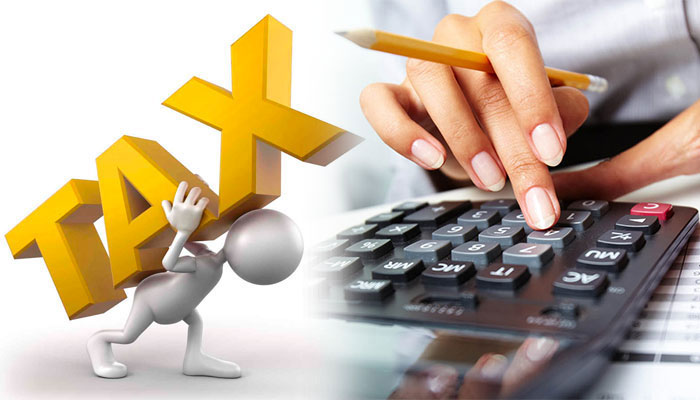1. How will supply of lottery tickets be valued under GST?

Value of supply of lottery shall be 100/112 of the face value or the price notified in the Official Gazette by the organising State, whichever is higher, in case of lottery run by State Government and 100/128 of the face value or the price notified in the Official Gazette by the organising State, whichever is higher, in case of lottery authorised by State Government.
2. What are the main features of GST payment process?
The payment processes under GST Act(s) have the following features: • Electronically generated challan from GSTN Common Portal in all modes of payment and no use of manually prepared challan; • Facilitation for the tax payer by providing hassle free, anytime, anywhere mode of payment of tax; • Convenience of making payment online; • Logical tax collection data in electronic format; • Faster remittance of tax revenue to the Government Account; • Paperless transactions; • Speedy Accounting and reporting; • Electronic reconciliation of all receipts; • Simplified procedure for banks • Warehousing of Digital Challan.
3. When is payment of taxes to be made by the Supplier?
Payment of taxes by the normal tax payer is to be done on monthly basis by the 20th of the succeeding month. Cash payments will be first deposited in the Cash Ledger and the tax payer shall debit the ledger while making payment in the monthly returns and shall reflect the relevant debit entry number in his return. As mentioned earlier, payment can also be debited from the Credit Ledger. Payment of taxes for the month of March shall be paid by the 20th of April. Composition tax payers will need to pay tax on quarterly basis.

4. What are E-Ledgers?
Electronic Ledgers or E-Ledgers are statements of cash and input tax credit in respect of each registered taxpayer. In addition, each taxpayer shall also have an electronic tax liability register. Once a taxpayer is registered on Common Portal (GSTN), two e-ledgers (Cash &Input Tax Credit ledger) and an electronic tax liability register will be automatically opened and displayed on his dash board at all times.
5. What is a Cash Ledger?
The cash ledger will reflect all deposits made in cash, and TDS/TCS made on account of the taxpayer. The information will be reflected on real time basis. This ledger can be used for making any payment on account of GST.
6. What is a CPIN?
CPIN stands for Common Portal Identification Number (CPIN) given at the time of generation of challan. It is a 14-digit unique number to identify the challan. As stated above, the CPIN remains valid for a period of 15 days.
7. What is TDS?
TDS stands for Tax Deducted at Source (TDS). As per section 51, this provision is meant for Government and Government undertakings and other notified entities making contractual payments payments where total value of such supply under a contract exceeds Rs. 2.5 Lakhs to suppliers. While making any payments under such contracts, the concerned Government/authority shall deduct 2% of the total payment made (1% under each Act and 2% in case of IGST) and remit it into the appropriate GST account.


